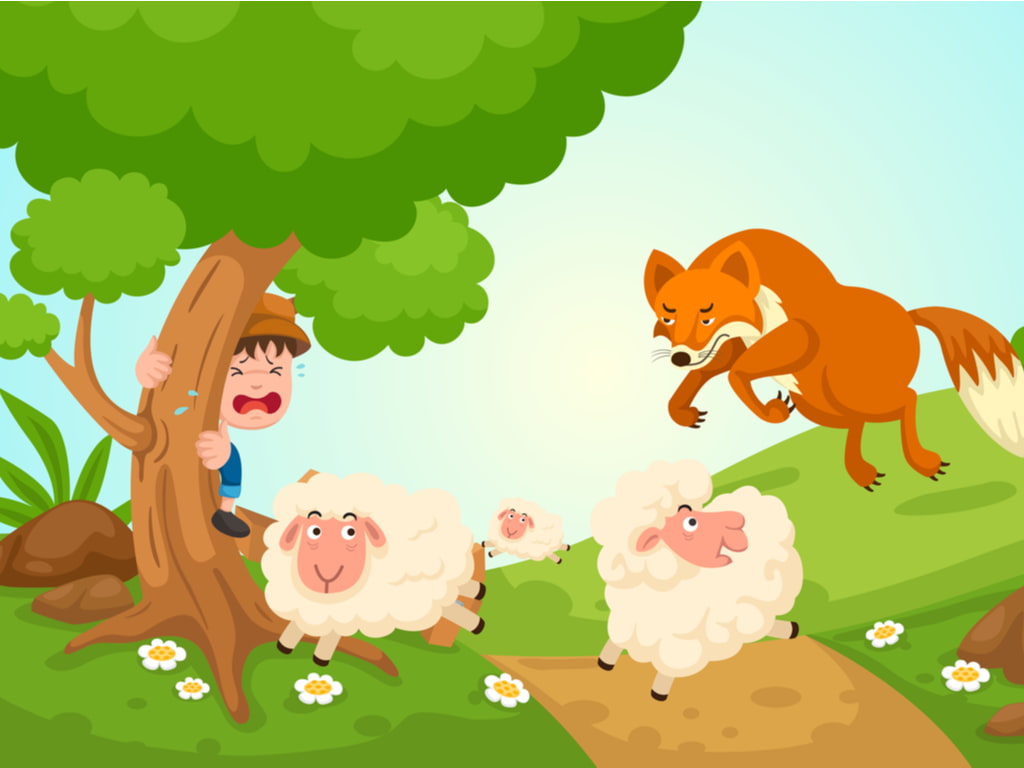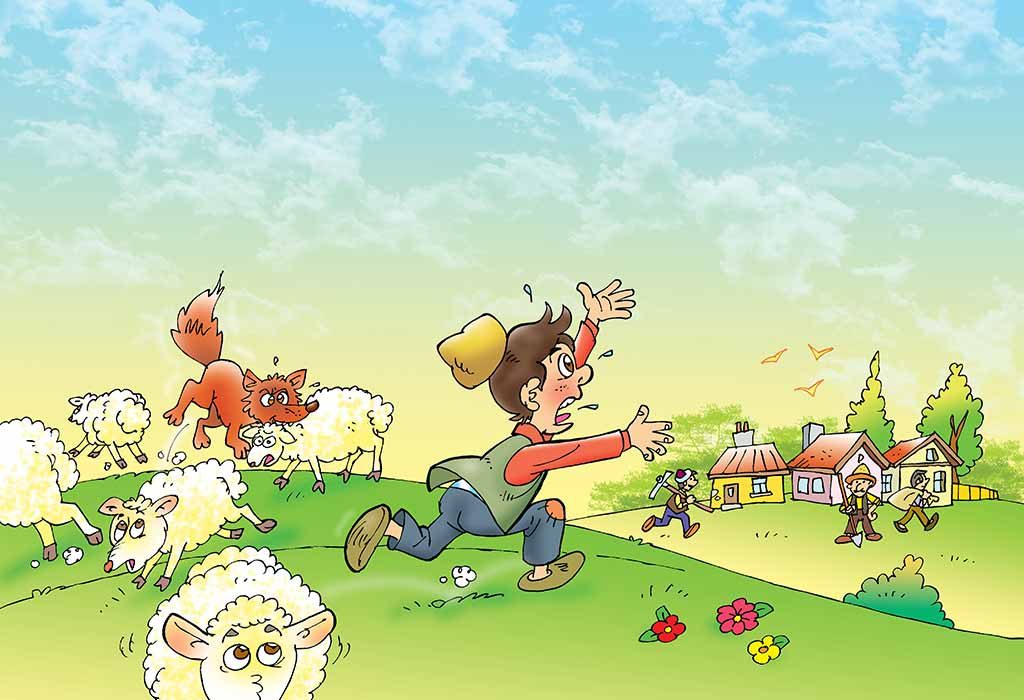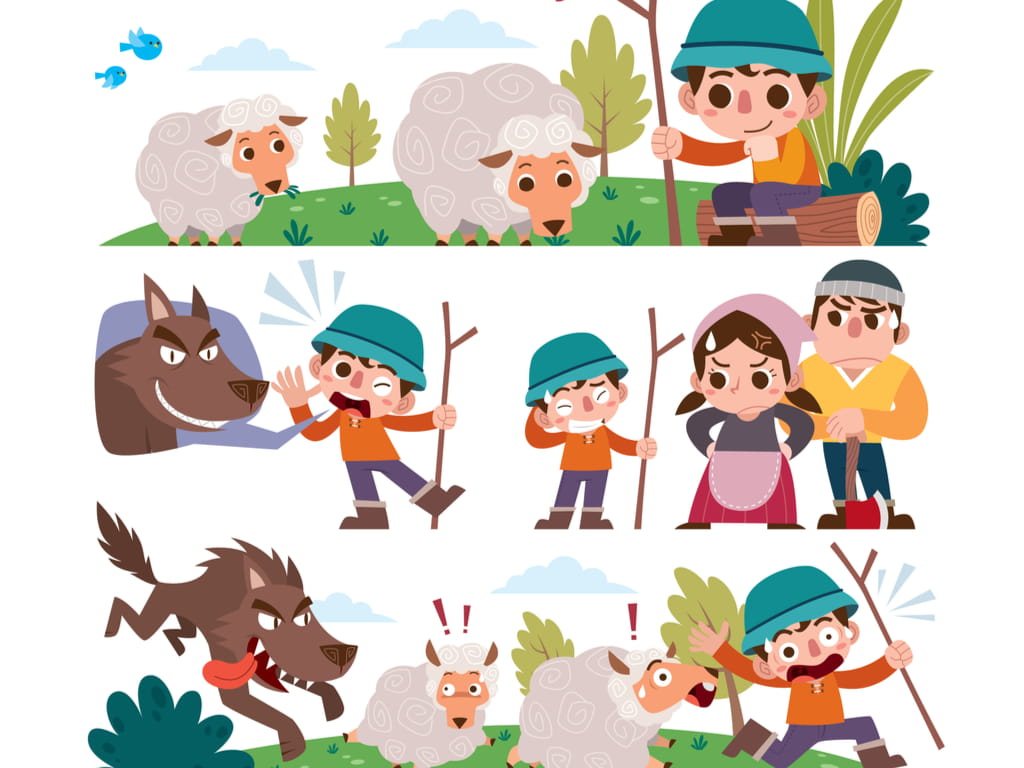Introduction
You may have heard about fables... These almost mythical stories that transmit wisdom and thoughtful lessons but, do you really know how to easily identify a fable and differentiate it from other stories like tales and poems?
Maybe it is easier with poems, since they have a very specific way of being displayed but... Can you tell the difference between a fable and a tale? We will find out...
Through this didactic unit, you will learn more about fables; in the end, you will even be able to create your own fable however you want to!
LET'S START
A fable is a short story that has animals, plants or forces of nature as characters and they are given human qualities A fable always ends with a ‘moral', which is something you shoud learn after reading it. Also, fables have mostly been transmitted orally but nowadays, we can find them in a written format.

One of the most famous fables is The Hare and the Tortoise. In this fable, both animals can speak and are competing against each other in a race. The arrogant hare stops to sleep halfway through the race because he is convinced he has enough time to do this and then rejoin the race and win it. Meanwhile, the slow but determined tortoise keeps going and wins while the hare is asleep.
Fisrt, let's take a closer look to this famous fable.
Click HERE to read The Hare and the Turtoise. You can also listen to the story while reading, just click on the play button under the title.
You have 15 minutes!!!

OKAY, 15 minutes have passed
Now you will pay attention to the teacher, who will be presenting THESE Prezi slides that contain the analysis of the fable we just read. Remember to identify and keep in mind the elements that make a fable different from a tale.
PERSONAL WORK
Now that you know the elements of a fable, you will develop the following activities. You can always go back and check the links that we already interacted with. You have 15 minutes for this activities.
Excercise 1
Match each number with the corresponding letter from the adjectives list below. Write your answers in a notebook sheet with your name on it. and give it to your teacher at the end of the class.
A) Determined ____
B) Fast ____
C) Slow ____
D) Arrogant ____
|
1) "I will definitely beat you, you slow turtle" - The hare is being...
|
|
2) This snail is going to take years to cross the road, this snail is really...
|
|
3) "I know this will be hard, but I won't stop trying" The turtle is being...
|
|
4) "Woww, the hare is running really..."
|
Excercise 2
Click on THIS link and solve the word search. The list of words contains the elements of the fable and some other words related to the fable.

Now, have a final conversation with your teacher and classmates about this first session about fables. Don't forget to keep this link at hand for next session, since you will be doing the task, process and conclusion.
Task
Welcome back!
Last class we were talking about fables and we were analyzing our first example.... Do you remember the name of the fable we read last session? Can you name the characters? Do you remember the conflict and the moral of the story?
You have 1 quick minute to think about these questions and the teacher will let you know when you can share your answers!!
GOO
![]()
Before starting with todays session, take a look at the picture onTHIS LINK and remember each and every element of a fable and what they represent. You can always check this picture later when you are developping the excercises later proposed.

Now that you have refreshened your memory, READ "The Boy who Cried Wolf", another fable that will teach you something very important! Remember that you can also LISTEN to the fable with the audio provided in the link and you can + WATCH THIS video if you like.
You have 10 minutes to get familiar with this fable!!!

Now we can move on! In the next 25 minutes, you will work on some excercises INDIVIDUALLY. If you have any questions, please raise your hand and the teacher will be there to help you. Remember that you have access to all of the previous materials/information previously used on these sessions
Process
Excercise 1
You will now identify the elements of this fable. To do so, match the correct description of each element with their number associated. Write these answers down in a notebook sheet with your name on it and give it to the teacher at the end of the session.
1) Rising action. ____
2) Moral of the story. ____
3) Conflict. ____
4) Falling action. ____
5) Characters and settings. ____
|
A) Nobody believes in a liar even when he is telling the truth.
|
|
B) A wolf came and the little shepherd cried wolf, but no one came to help because they did not believe him, so the wolf took all of the sheep with him.
|
|
C) The little shepherd, the wolf, the villagers, the sheep.
|
|
D) The little shepherd was really really bored.
|
|
E) The little shepherd cried wolf twice to trick the villagers and laugh at them for believing him, even after being told not to.
|
Excercise 2
Select the correct answers for each of this questions. Remember to write down the answer in your paper and to give it to your teacher at the end of the session.
1. What did the villagers did after being tricked by the little shepherd?
a) They celebrated happily with the little shepherd that there was no wolf coming.
b) They left angry at the little shepherd for lying.
c) They stayed with the little shepherd to take care of the sheep.
2. When the little shepherd saw the real wolf he felt...
a) Scared.
b) Amused.
c) Bored.
3. The little shepherd learnt...
a) How to do jokes.
b) How to scare wolves away.
c) Not to tell lies.
Evaluation
AWESOME, GREAT JOB!

Now that you have turned in your answers written down, the teacher will open a 10 minute space to share the correct ones!
Try to remember your own answers and contrast them with the ones provided by the teacher.
By the time the teacher ends the answer sharing, think about these questions and raise your hand if you want to share your thoughts in the last 5 minutes of the class.
- Was it hard to match the elements with the particular situations on this fable?
- Did you learn anything from the story?
- Have you ever faced a similar situation to the one lived by the little shepherd?







